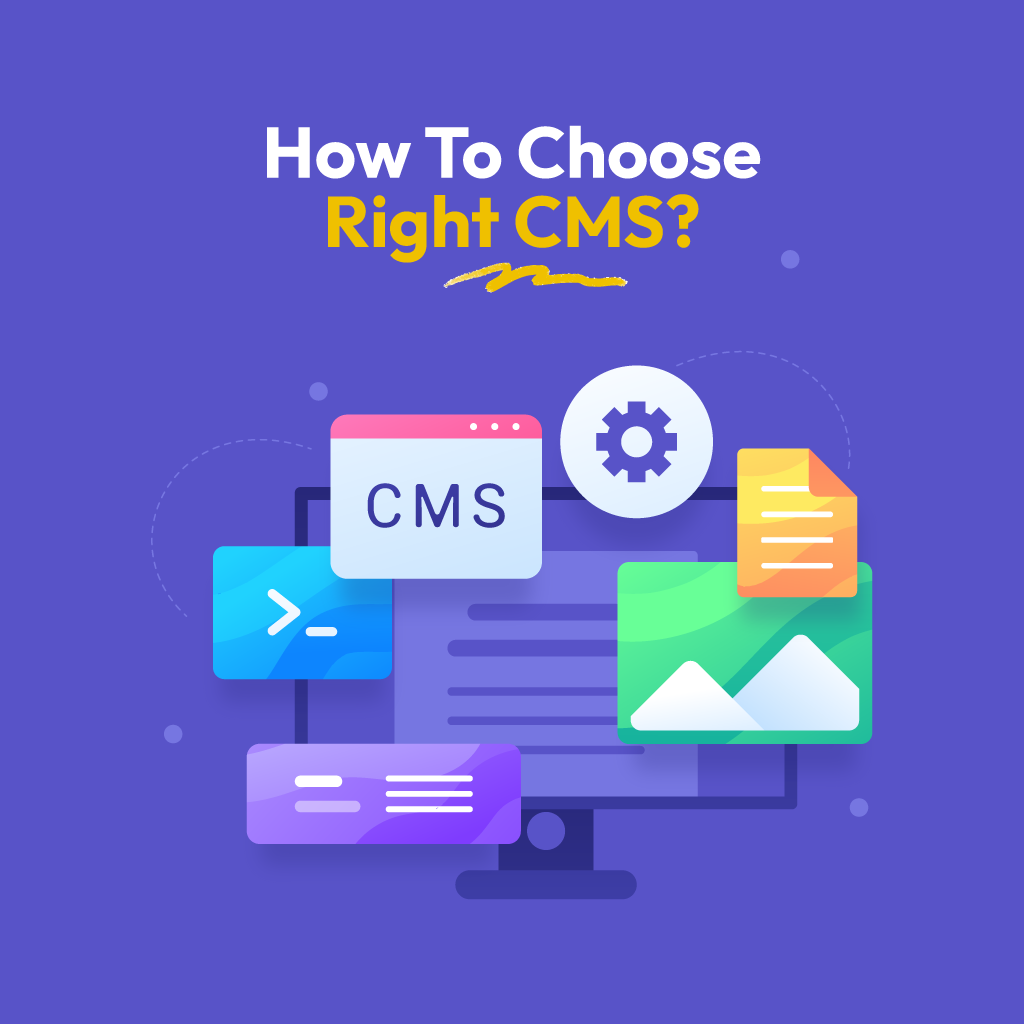Businesses are continuously seeking ways to create and deliver software fast, cheaply, and with little fuss. The growth of no-code platforms has made it easier than ever to create applications without writing a single line of code. However, when companies grow and their demands become more complicated, customized development generally emerges as the preferred alternative due to its flexibility and versatility.
But how can you choose which road to take? Should you choose no-code solutions for faster deployment and reduced costs, or should you engage in custom-designed development to create a personalized, scalable product that fulfills your specific business requirements?
In this post, we’ll go over all you need to know about no-code and custom code to determine which strategy is ideal for your business’s objectives.
No-code development: How does it sound?
No-code development sounds exactly like it is! If you don’t know any programming language, like HTML, CSS, or Java, and still want to build your business website, online applications & software, you can use no-code platforms. No-code development is a method of producing software applications using a visual interface, eliminating the need to write any code.
Instead of writing complicated code, you can simply drag, drop, and change pre-built components to create a completely functional application. These platforms often provide pre-built modules and functionalities (such as forms, databases, and user authentication) that can be easily modified with a few clicks.
From non-technical startups to company managers, no-code development enables anybody to swiftly build and launch their own apps without requiring a thorough grasp of programming languages.
No-code platforms such as Bubble, Webflow, Adalo, and others provide easy drag-and-drop builders and pre-built templates, allowing consumers to construct websites, mobile apps, and even sophisticated workflows without relying on developers.
Advantages and Disadvantages of No-Code Development
Low-code development platforms are a good choice for small enterprises with basic software requirements. Here are the simple pros and cons of low-code development:
Advantages
- Faster deployment and lower development costs
- Allows non-technical people to build usable apps.
- Suitable for internal tools and process automation.
Disadvantages
- Limited customization and scalability.
- Vendor lock-in issues and reliance on third-party platforms
- Security and compliance issues in highly regulated businesses.
What is Custom Development?
Custom development is the process of developing software from the ground up to meet unique business requirements, workflows, and objectives.
Unlike no-code platforms, which employ pre-built templates and modules, bespoke development entails writing code to produce a solution that is individually suited to your specific company needs.
Custom development involves collaborating with a development team (internal or outsourced) to create a highly tailored program that suits your specific needs, whether it be a mobile app, corporate software, or a sophisticated online platform.
The process begins with gathering requirements to determine exactly what the program needs to do. Next, the design process generates user-friendly interfaces and experiences that are suited to your company’s aims.
The development team then creates unique code to bring the concept to life, including the required functionality and features. Following creation, the program is tested to ensure that it works as intended and satisfies your specifications.
Once everything has been finished, the solution is deployed and made operational. Ongoing maintenance and upgrades are then supplied to maintain the software current with changing company requirements and industry standards.
Custom development offers the most flexibility, but it costs more and takes longer to complete than no-code alternatives. It is ideal for enterprises that require customized solutions, sophisticated functions, or long-term scalability.
Advantages and Disadvantages of Custom Software Development
Software developers often seem to consider the benefits of custom development for businesses. Custom development for corporations is quite appealing since it allows for greater customisation and scalability.
Advantages
- Fully customized solutions with total freedom.
- Scalable for long-term corporate expansion, with enhanced security and compliance.
- Seamless integration capabilities
- Improved brand distinctiveness through bespoke features
Disadvantages
- Higher initial investment and extended development durations
- requires continual maintenance and devoted resources.
No Code Vs Custom Code: Know the Key Difference
Choosing between no-code platforms and bespoke development is an important option for organizations. Each has significant advantages—no-code gives speed and simplicity, whereas bespoke development delivers scalability and flexibility. Here’s an overview of their main differences:
1. Project Speed
No-Code: Drag-and-drop tools allow you to launch apps or websites in hours or days, making them ideal for MVPs and fast tests.
Custom Development: Takes longer (weeks or months) due to coding and testing, but produces a more solid and long-lasting product.
2. Project Cost
No-Code: Subscription-based pricing allows for a lower upfront commitment. Ideal for start-ups and small enterprises.
Custom Development: Higher initial costs (developers, designers, and project managers), but can save money in the long run due to full ownership and no ongoing platform fees.
3. Scalability and Flexibility
No-Code: Works well for small apps and prototypes, but issues with complicated workflows or big amounts of data.
Custom Development: Scales effortlessly as your business expands, giving you total control over the creation of features and workflows to meet your specific needs.
4. Technical Accessibility
No-Code: User-friendly for non-developers, allowing for rapid builds without coding skills.
Custom Development: Requires a qualified team yet enables advanced, totally customizable solutions.
5. Customization Limits
No-Code; Limited by templates and pre-built functionality.
Custom Development: Unlimited customisation from design to integration, but requires more work and preparation.
6. Ownership and Control
No-Code: Tied to the vendor’s platform, with the possibility of pricing or feature modifications.
Custom Development: You retain full ownership of your code and have total control over upgrades, features, and scalability.
When to Use No-Code?
No-code platforms offer a quick and inexpensive method to launch ideas and establish an online presence. While they may not ultimately replace custom development, they are a useful tool for testing and scaling early ventures.
1. Early-Stage Startups Validate Ideas
For nascent businesses, speed is sometimes more important than quality. Bubble, Webflow, and Glide allow startups to construct MVPs in days rather than months. This speedy launch allows for better feedback collection, concept refinement, and pivoting if necessary—all without squandering large investments in proprietary programming.
2. Simple Marketing and Landing Page
Squarespace, Wix, and Webflow are excellent platforms for showcasing a product, capturing leads, and running campaigns. They provide drag-and-drop design, integrated hosting, and easy editing. This enables organizations to A/B test landing pages or quickly roll out new designs—no developer required.
3. Teams without Dedicated Developers
Not every startup has the necessary engineering resources to update its website. No-code allows marketing and growth teams to manage content while developers focus on the product. This lowers bottlenecks and accelerates execution.
Transitioning to Custom Code: When to Move Beyond No-Code?
No-code platforms are wonderful for getting started, but as your organization grows, they might limit its potential. When performance, flexibility, and sophisticated integrations are critical, bespoke development is typically the best option.
1. When Your Website Drives Growth
At scale, your website is more than simply a brochure; it’s essential for client acquisition and retention. Custom development allows you:
- Personalize experiences for various audiences.
- Add comprehensive analytics and testing tools to increase conversions.
- Integrate marketing, sales, and customer success effortlessly.
For B2B startups, this is extremely important. Buyers want many touchpoints—case studies, testimonials, and industry-specific content—which no-code platforms cannot always provide successfully.
2. When You Need Complex Integrations
As your tech stack increases, effective connectivity with CRMs, automation tools, and analytics platforms becomes crucial. Custom builds allow you to:
- Sync data in real time with systems like as HubSpot and Salesforce.
- Personalize outreach depending on user behavior.
- Establish secure communications, such as SSO and gated consumer portals.
- If your staff is still undertaking manual data transfers, it’s evident that it’s time to update.
3. When Performance Becomes an Obstruction
No-code websites frequently suffer from huge traffic, vast content libraries, and complex features. A tailored solution provides you with complete control over:
- Server-side rendering can help to speed up page loads.
- Optimize databases for high demand.
- Use a headless CMS for scalable content delivery.
Final Words: No-Code or Custom Code, Which One Do You Choose?
Technology should help your company’s goal, not interfere with it. Making wise, forward-thinking decisions in software development allows you to design solutions that are more than just useful; they are revolutionary.
The most successful businesses embrace complexity, remain adaptive, and view technology as a strategic partner in growth. It’s not about finding the ideal answer; it’s about developing a flexible, responsive strategy that grows alongside your company.
There is no one-size-fits-all solution for selecting the appropriate code system. The most suitable approach is determined by the business’s demands, project complexity, and long-term objectives. Whether you choose no code or customized code, it’s always worth taking the time to make the proper decision and avoid problems later on.







